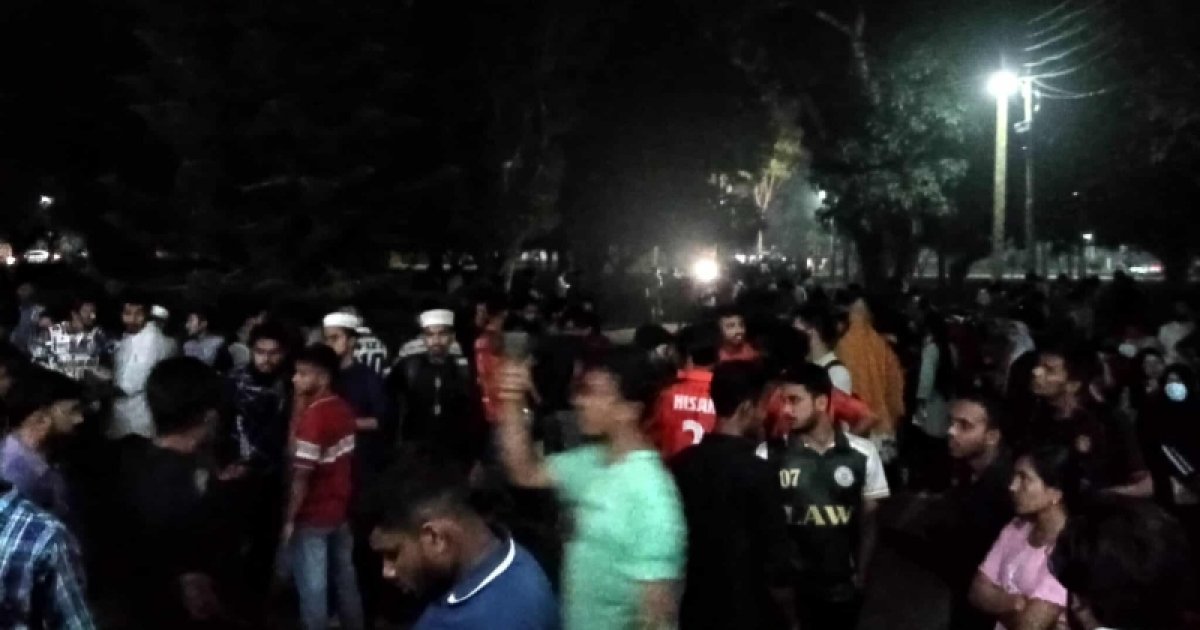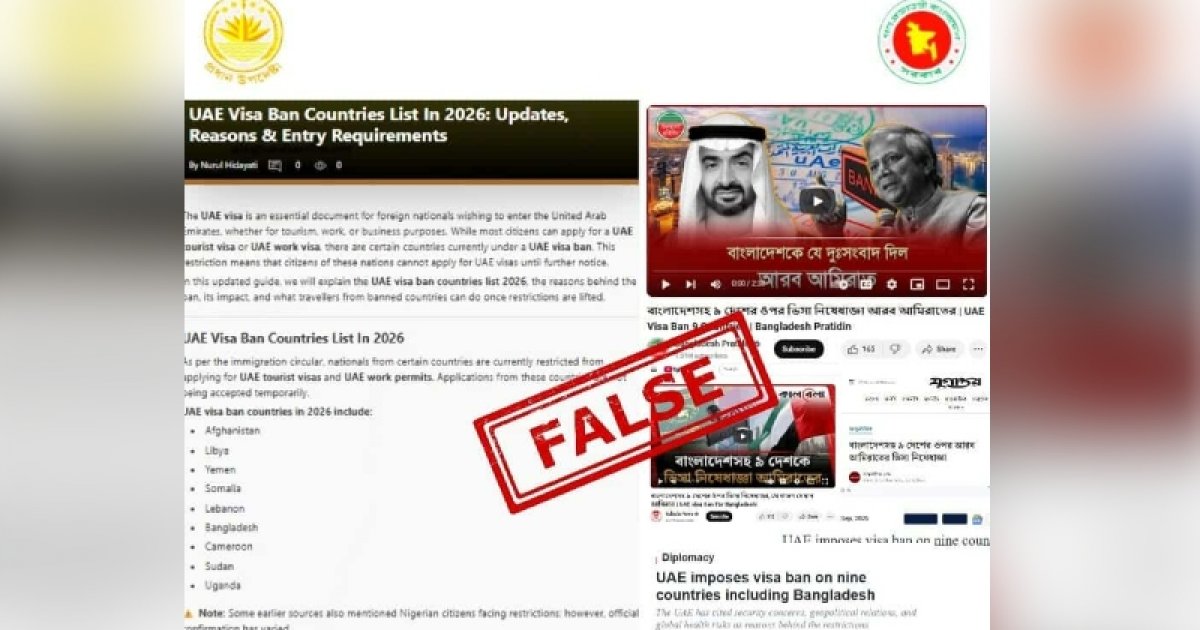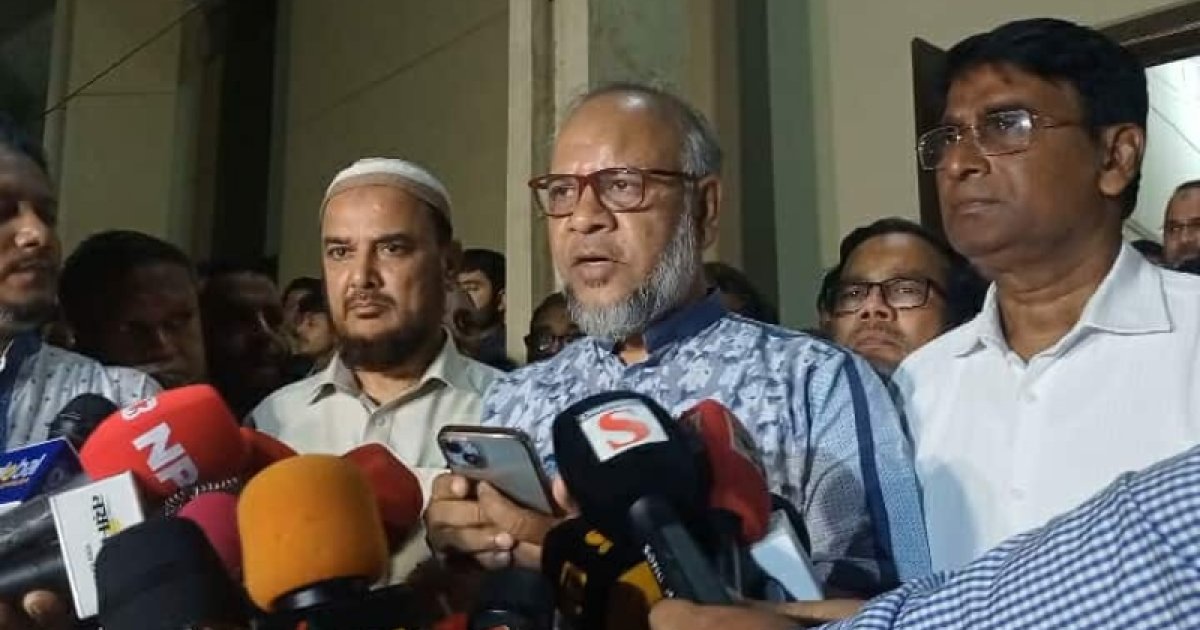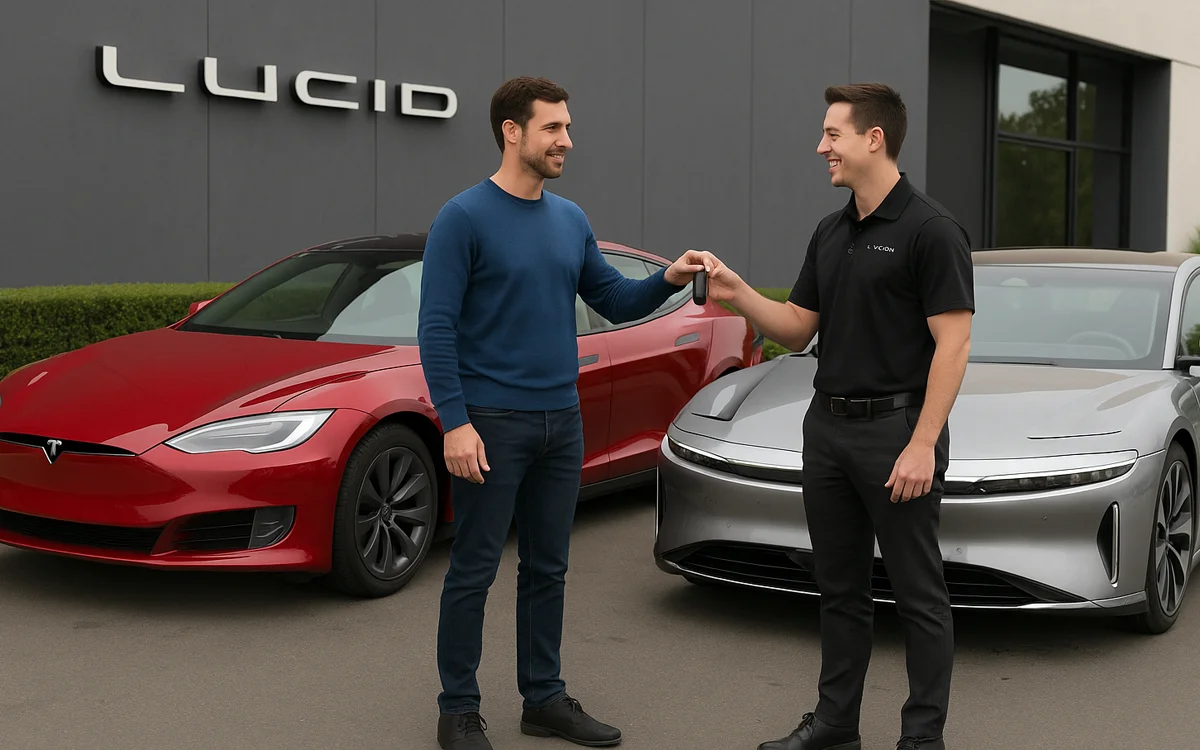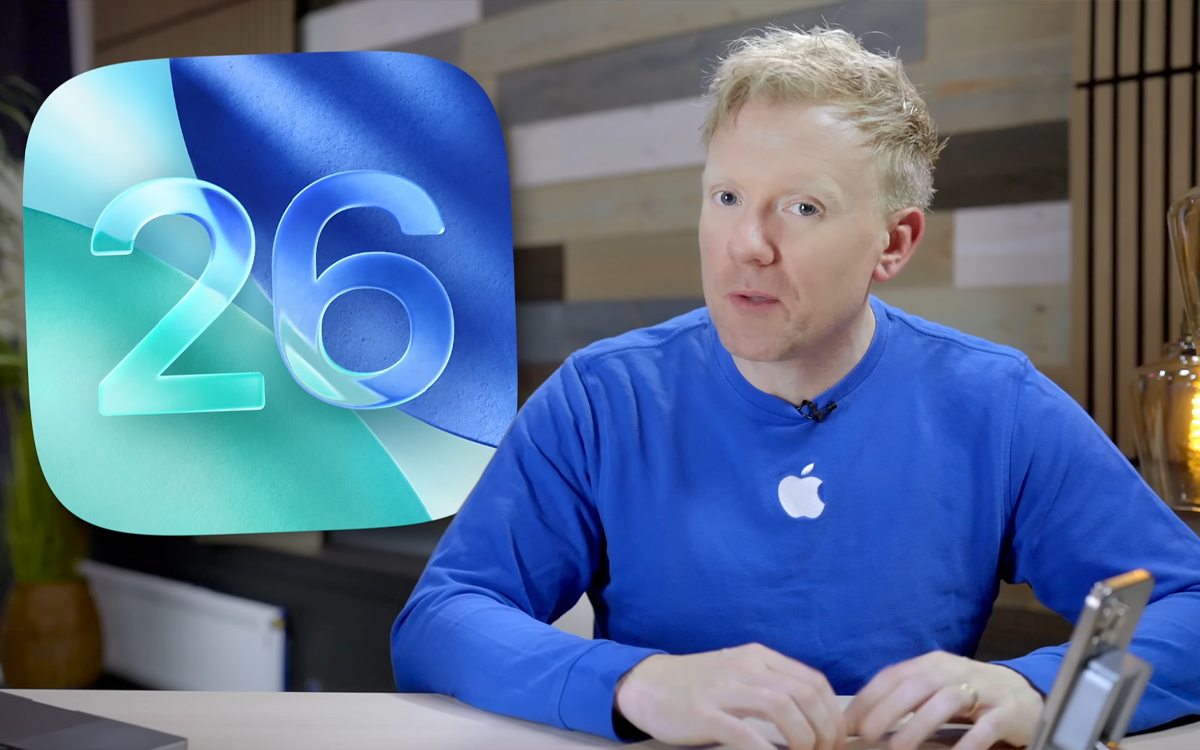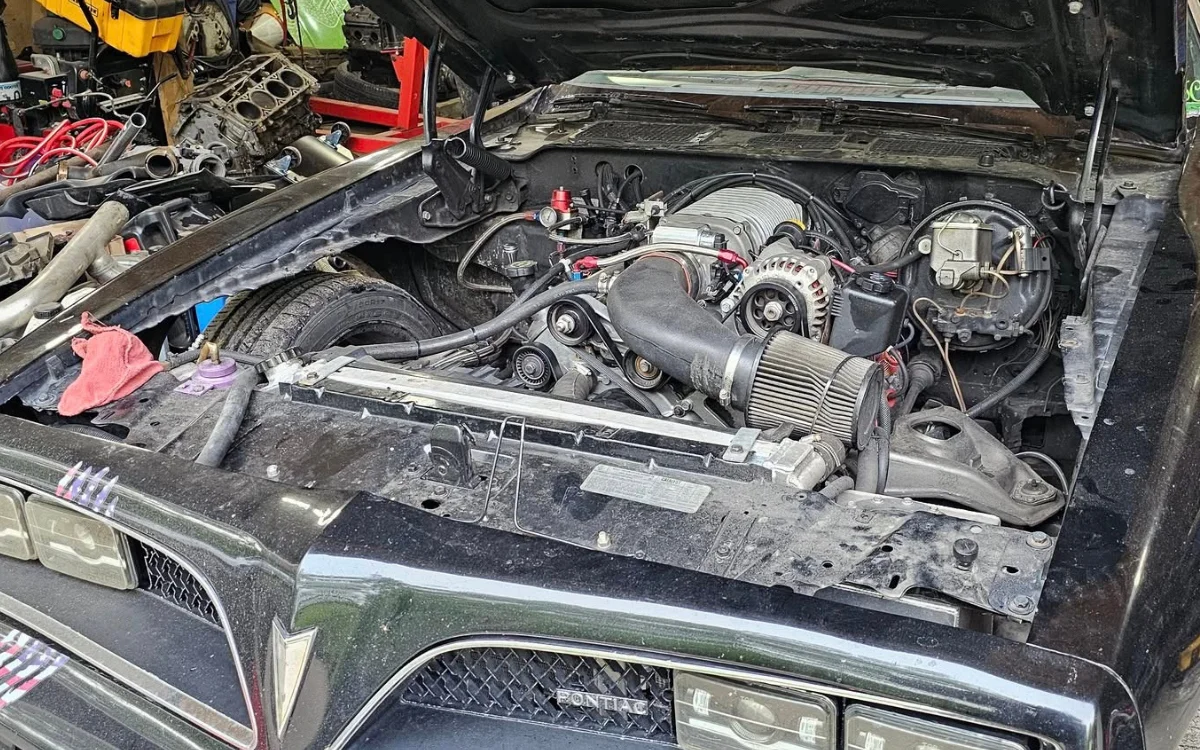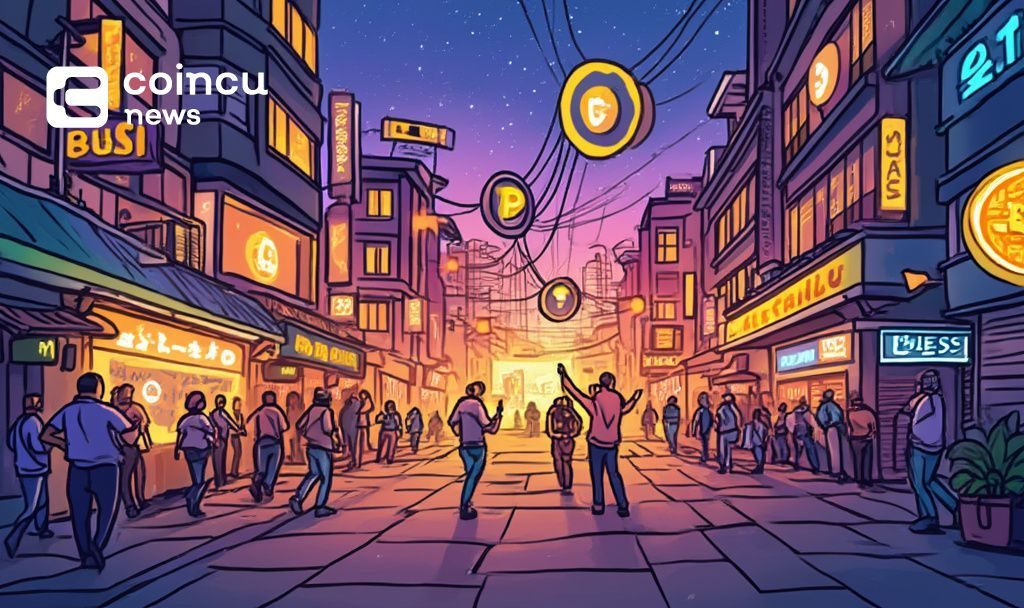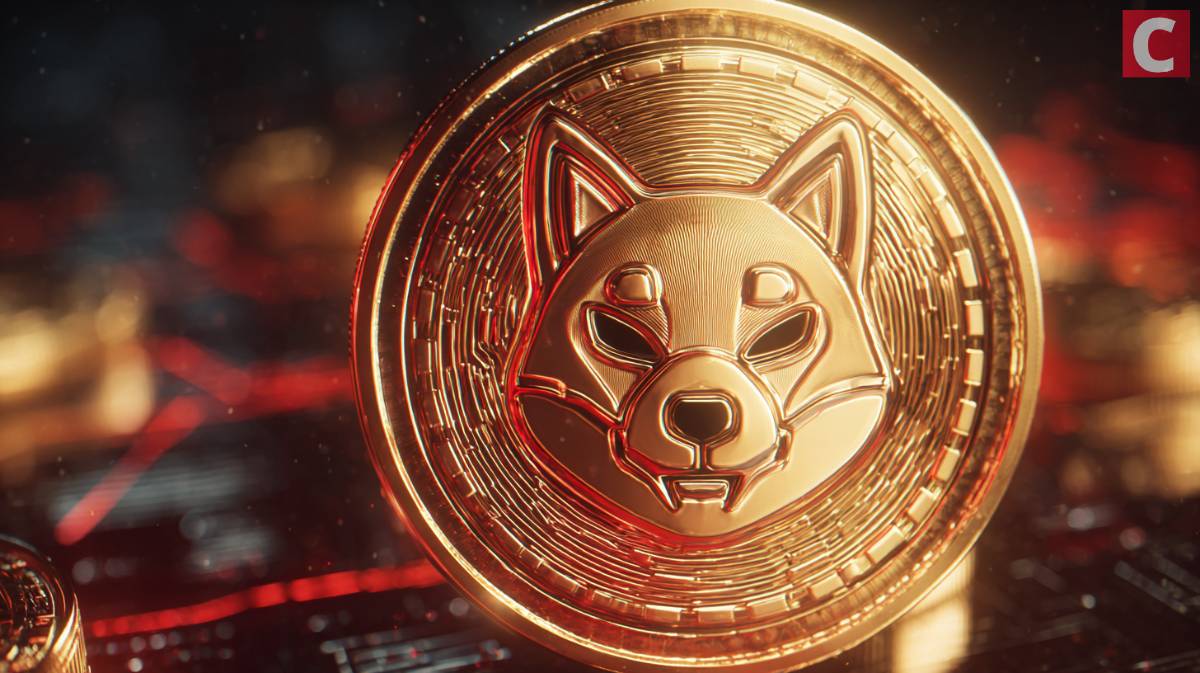Tokenised Trade Finance: Can Blockchain Finally Bridge India’s US $300 Billion Export-Credit Gap?
The post Tokenised Trade Finance: Can Blockchain Finally Bridge India’s US $300 Billion Export-Credit Gap? appeared on BitcoinEthereumNews.com. Khushi V Rangdhol Jun 30, 2025 07:23 India faces a $300 billion export-credit gap, but blockchain’s “tokenised trade finance” could streamline processes, digitizing LCs and invoices to enhance access for small firms. India’s exporters ship about US $770 billion in goods and services a year, yet small and mid-size firms still struggle to turn purchase orders into bank credit. The Asian Development Bank’s latest Trade Finance Gaps, Growth and Jobs survey pegs the global shortfall at US $2.5 trillion in 2022, up almost 50 % from the pandemic low. Industry groups and IFC studies put India’s share of that gap at roughly US $300 billion, concentrated in working-capital loans that never reach MSMEs. Blockchain builders say the cure may be “tokenised trade finance”—digitising invoices, letters of credit and collateral into on-chain assets that investors anywhere can fund in real time. Why Letters of Credit Still Run on Paper A typical textile exporter in Tiruppur ships fabric to a buyer in Milan under a letter of credit (LC). The LC passes through four banks, six paper documents and a manual checking loop that often lasts 7–10 days. Any mismatch—an extra comma on a bill of lading—can freeze payment. Banks therefore ration credit to known corporates and over-collateralise the rest, leaving smaller suppliers in limbo. How Tokenisation Changes The Workflow Document digitisation. Bills of lading, inspection reports and warehouse receipts are hashed and timestamped on a permissioned ledger. Smart-contract LC. Terms encoded in the contract self-execute: when the shipping line uploads IoT-verified arrival data, payment triggers automatically. Invoice tokens. The receivable becomes a fungible token that can be discounted or repo-financed by global liquidity pools 24/7. A blockchain record cannot eliminate fraud, but it slashes the cost and time of…

The post Tokenised Trade Finance: Can Blockchain Finally Bridge India’s US $300 Billion Export-Credit Gap? appeared on BitcoinEthereumNews.com.
Khushi V Rangdhol Jun 30, 2025 07:23 India faces a $300 billion export-credit gap, but blockchain’s “tokenised trade finance” could streamline processes, digitizing LCs and invoices to enhance access for small firms. India’s exporters ship about US $770 billion in goods and services a year, yet small and mid-size firms still struggle to turn purchase orders into bank credit. The Asian Development Bank’s latest Trade Finance Gaps, Growth and Jobs survey pegs the global shortfall at US $2.5 trillion in 2022, up almost 50 % from the pandemic low. Industry groups and IFC studies put India’s share of that gap at roughly US $300 billion, concentrated in working-capital loans that never reach MSMEs. Blockchain builders say the cure may be “tokenised trade finance”—digitising invoices, letters of credit and collateral into on-chain assets that investors anywhere can fund in real time. Why Letters of Credit Still Run on Paper A typical textile exporter in Tiruppur ships fabric to a buyer in Milan under a letter of credit (LC). The LC passes through four banks, six paper documents and a manual checking loop that often lasts 7–10 days. Any mismatch—an extra comma on a bill of lading—can freeze payment. Banks therefore ration credit to known corporates and over-collateralise the rest, leaving smaller suppliers in limbo. How Tokenisation Changes The Workflow Document digitisation. Bills of lading, inspection reports and warehouse receipts are hashed and timestamped on a permissioned ledger. Smart-contract LC. Terms encoded in the contract self-execute: when the shipping line uploads IoT-verified arrival data, payment triggers automatically. Invoice tokens. The receivable becomes a fungible token that can be discounted or repo-financed by global liquidity pools 24/7. A blockchain record cannot eliminate fraud, but it slashes the cost and time of…
What's Your Reaction?







